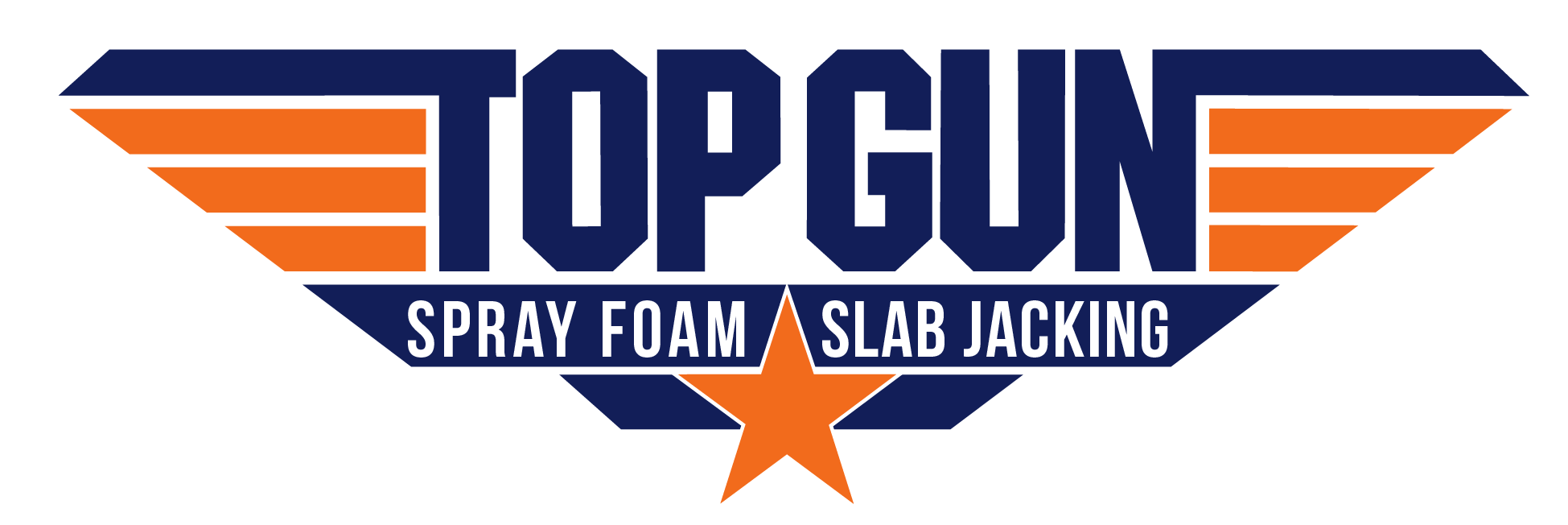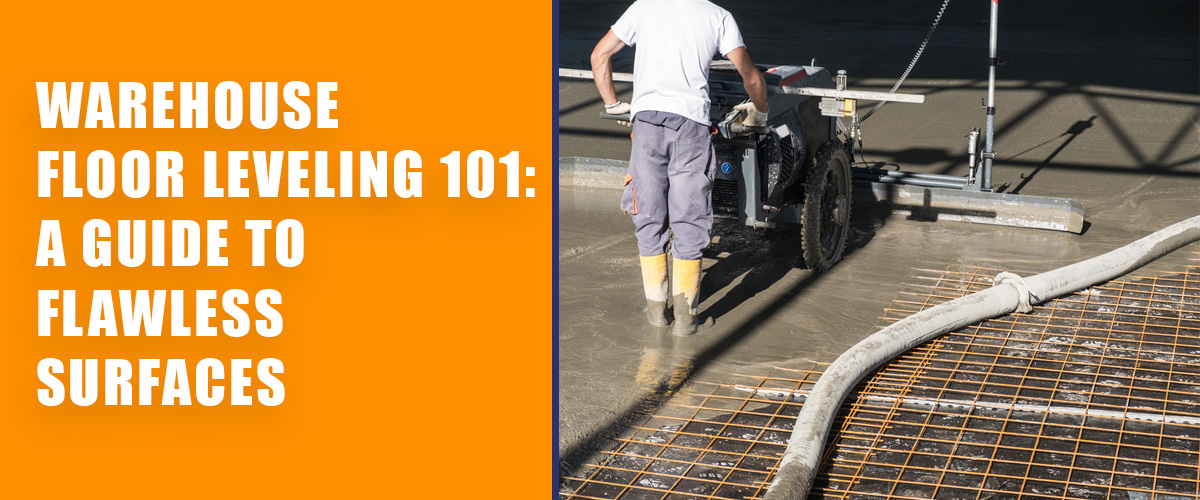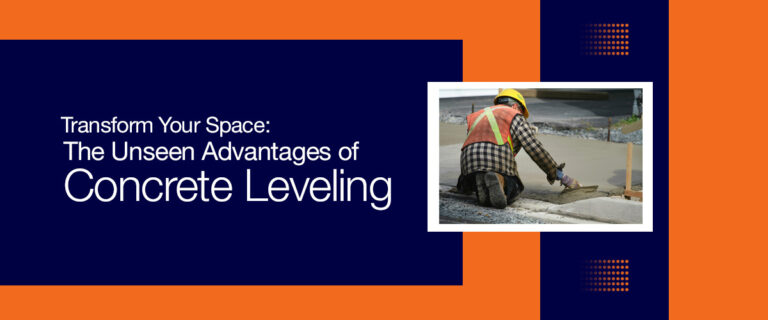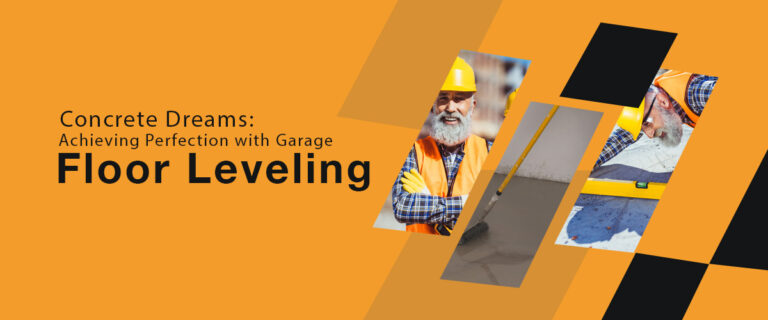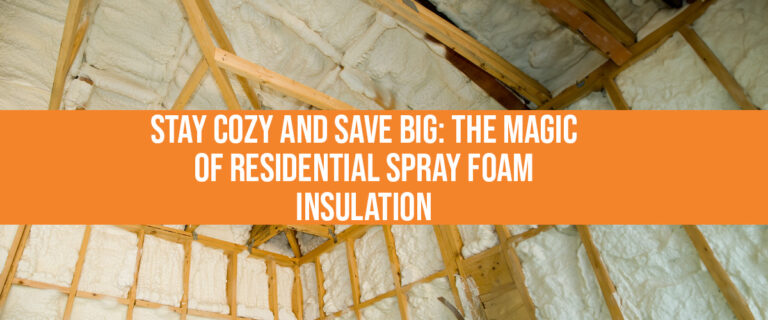Warehouse Floor Leveling 101: A Guide to Flawless Surfaces
In warehousing, what sets the best apart from the rest? Join us as we delve into the foundation of efficient storage facilities and how level floors play a pivotal role. Warehouse floor leveling is a crucial factor in the operational efficiency of any storage facility. Additionally, it enhances safety, reduces the risk of accidents, and minimizes equipment wear and tear, ensuring that goods are transported and handled smoothly.
Furthermore, flawless surfaces are the cornerstone of efficient warehouse operations, preventing delays, product damage, and accidents. They also facilitate the smooth movement of goods, machinery, and personnel, contributing to a more productive and cost-effective warehouse environment.
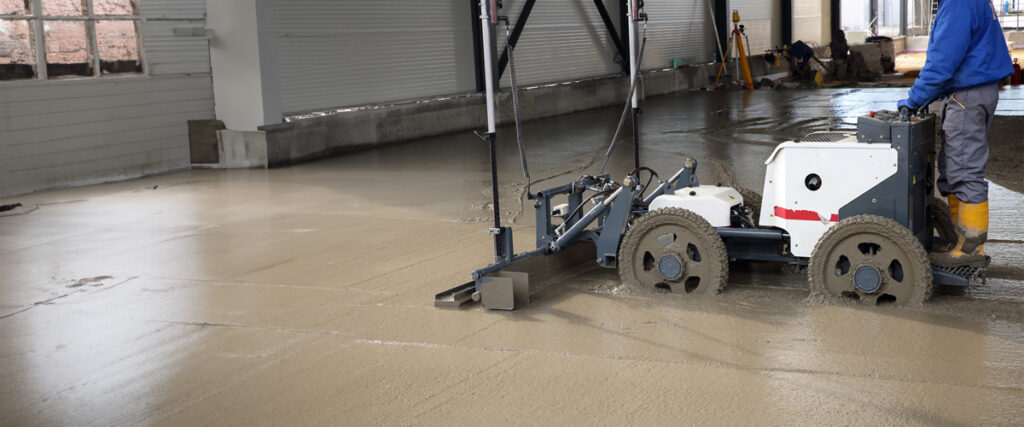
Understanding Floor Leveling
Floor leveling in Kansas is correcting uneven or distorted floors to create a uniform and smooth surface. Additionally, its purpose is to ensure a warehouse’s safety, functionality, and efficiency. By achieving a level floor, it also becomes easier to navigate, operate machinery, and organize inventory.
Uneven warehouse floors can cause a variety of problems, such as:
- Increased risk of slips, trips, and falls
- Damage to material handling equipment
- Reduced efficiency of warehouse operations
- Premature wear and tear on the floor surface
- Inefficiencies in storage and inventory management may also arise due to uneven surfaces.
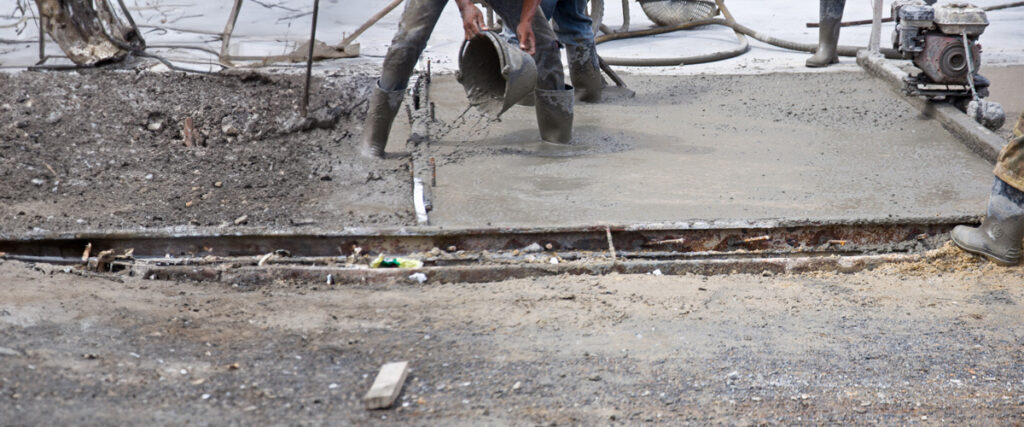
Assessing Warehouse Floors
The first step in the floor leveling process is to assess your warehouse floor’s condition. You should perform a pre-inspection checklist to identify any issues, such as:
- Cracks – Check for cracks or gaps in the floor surface.
- Slopes – Use a level to identify areas with noticeable slopes.
- Holes – Look for cavities or depressions in the floor.
- Water Puddles – Check for water accumulation, indicating unevenness.
Moreover, several tools and techniques are available for floor assessment, including laser levels, straight edges, and floor tile gauges. Once the evaluation is complete, you can choose the appropriate floor leveling technique.
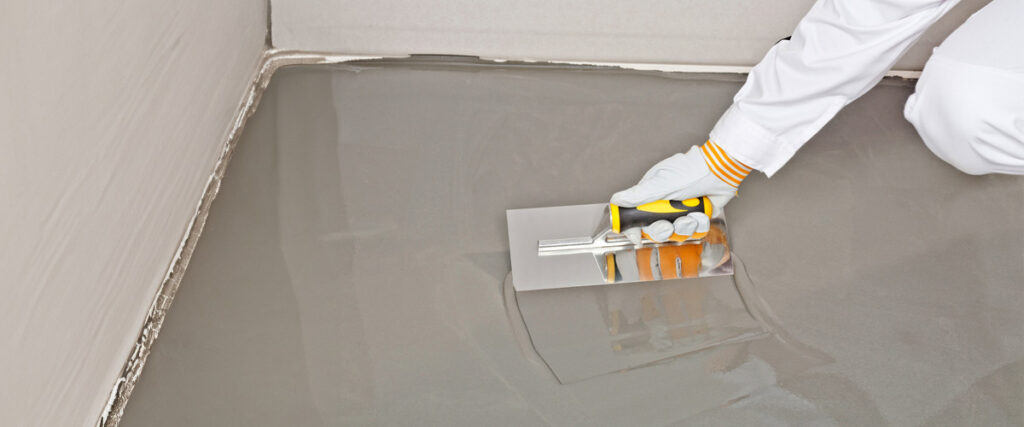
Floor Leveling Techniques
Different methods exist for leveling your warehouse floor, depending on the severity of the unevenness and the type of surface material. Let’s take a look at the most common ones in the following:
1. Self-Leveling Compounds
Self-leveling compounds are a popular choice for leveling concrete floors. They work by utilizing a unique mixture that, when poured, naturally levels out, filling in gaps and irregularities. The application process involves the following:
- Prepare the floor
- Mix the self-leveling compound
- Pour the mixture into the floor
- Spread it evenly using a trowel or a gauge rake.
However, it is crucial to consider factors such as surface preparation, suitable weather conditions, and the correct mixing ratio to ensure desired results.
2. Concrete Grinding
Concrete grinding is a more complex method used to level uneven warehouse floors. It’s also practical for removing imperfections, leveling the surface, and creating a polished, durable finish. Additionally, the process involves using specialized grinding equipment with progressively finer grits to achieve the desired smoothness and appearance. It also requires careful planning, proper equipment, and skilled operators to achieve the desired results.
3. Epoxy Floor Coatings
Epoxy floor coatings are advantageous for floor leveling due to their durability, resistance to wear and tear, and appealing aesthetics.
Applying an epoxy coating involves:
- Cleaning the surface
- Preparation for the epoxy application
- Apply the resin with a roller or spreader
Furthermore, regular cleaning is essential to maintain the epoxy floor to preserve its shine and protective properties.

Hiring Professional Floor Leveling Services
When it comes to achieving flawless warehouse surfaces, professionals’ expertise is sometimes indispensable. It is essential to consider the following factors:
- Experience – Look for professionals with a solid track record in floor leveling.
- Reputation – Check online reviews and request references to assess their standing.
- Qualifications – Ensure they also possess the necessary licenses and certifications.
- Material Expertise – Confirm their competence in working with your specific flooring materials.
Here are some questions to ask potential floor-leveling contractors, such as:
- What’s the cost estimate, and is it comprehensive?
- How long will it take to complete the project?
- Can you provide references from previous clients?
- What’s your approach to handling unexpected issues during the project?
- Are you fully insured and licensed for this work?
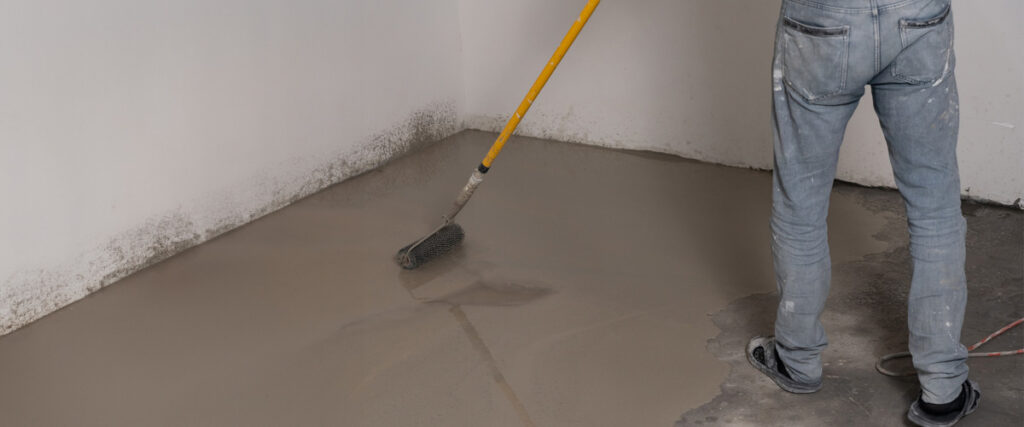
DIY Floor Leveling Tips
Consider a DIY approach if you have a small-scale floor leveling project. The following are step-by-step guides to help you get started:
- Clean and repair any cracks or holes.
- Follow the manufacturer’s instructions.
- Pour the compound and use a trowel to spread it evenly.
- Follow the curing time recommended on the product.
Here are some common mistakes to avoid during the DIY floor leveling process:
- Failing to clean the floor adequately.
- Not using protective gear or ensuring proper ventilation.
- Disregarding manufacturer’s recommendations.
- Not addressing the root cause of unevenness.
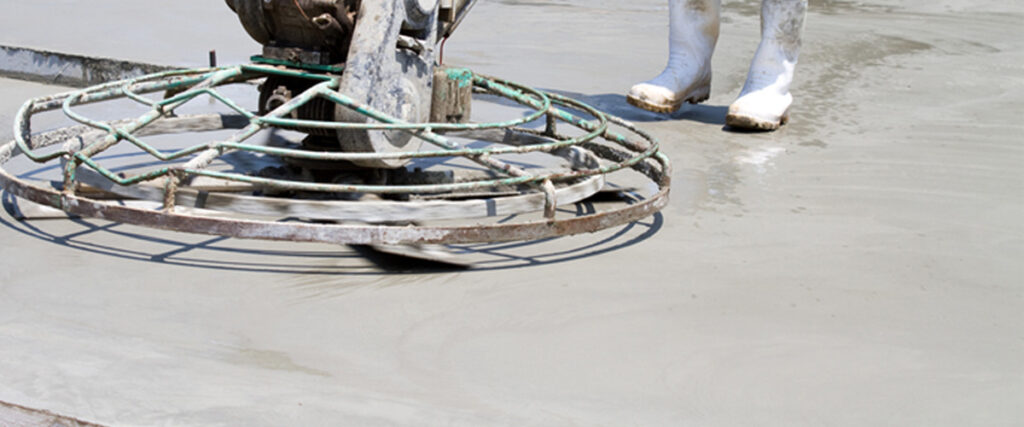
Tips for Maintaining Flawless Surfaces
After achieving a level warehouse floor, maintaining it is also crucial. These are the following tips to ensure your surfaces stay impeccable:
1. Regular Cleaning and Maintenance Practices
- Frequently sweep or vacuum to eliminate dirt and debris.
- Periodically clean with mild detergent and warm water.
- Avoid harsh or abrasive cleaners that damage surfaces.
- Quickly wipe up spills to prevent staining or damage.
- Use furniture pads or coasters for surface protection.
2. Preventive Measures to Minimize Future Leveling Issues
To prevent wear and tear, consider the following:
- Avoid leaving heavy objects in one area for a long time.
- Stabilize humidity levels to prevent floor expansion or contraction.
- Avoid leaving heavy objects in one location for a long time.
- Implementing traffic management strategies
- Schedule periodic resealing or re-coating to maintain a level and smooth warehouse floor.
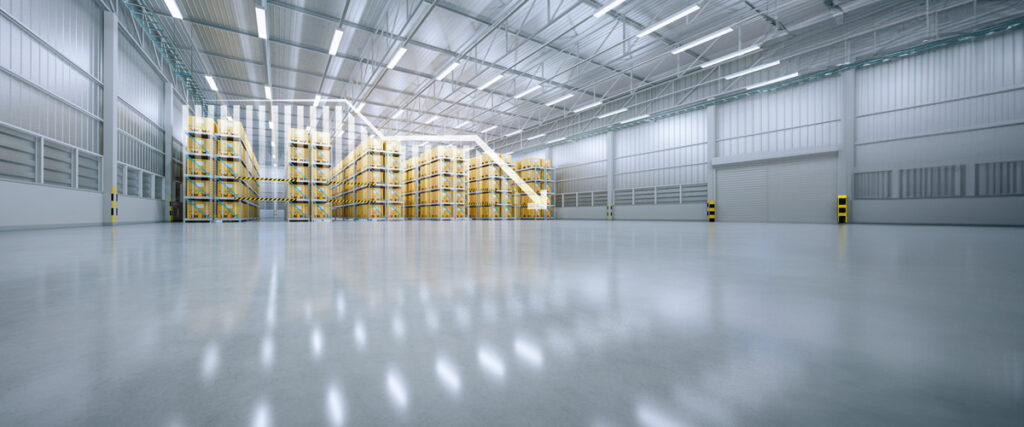
Floors: The Foundation of Efficiency
Finally, warehouse floor leveling is fundamental to ensuring smooth and efficient functioning. It also reduces risks, improves efficiency, and enhances safety.
Moreover, we’ve covered the significance of warehouse floor leveling, common issues associated with uneven surfaces, and various techniques for achieving a level floor. Whether you choose professional services or a DIY approach, a level and flawless base will undoubtedly contribute to the success of your warehouse operations.
Reference:
- Duron, B. (2022, May 23). What is Floor Leveling, and Why is it Important? Retrieved from https://www.linkedin.com/pulse/what-floor-leveling-why-important-blair-duron
- MultiBrief: The critical importance of warehouse floors. (n.d.). Retrieved from https://exclusive.multibriefs.com/content/the-critical-importance-of-warehouse-floors/distribution-warehousing
- Yumpu.com. (n.d.). Value of a warehouse floor – Somero Enterprises. Retrieved from https://www.yumpu.com/en/document/read/42041978/value-of-a-warehouse-floor-somero-enterprises
